
What do Lili Ivanova, footballer Dimitar Berbatov and secular lion Evgeni Minchev have in common? They all live in the neighborhood "Doctor's Monument".
The list of famous residents of the neighborhood is complemented by Stefan Valdobrev, tennis legend Katerina Maleeva, producer Evtim Miloshev, prima ballerina Vera Kirova, former Sofia Mayor Stefan Sofiyanski and others.
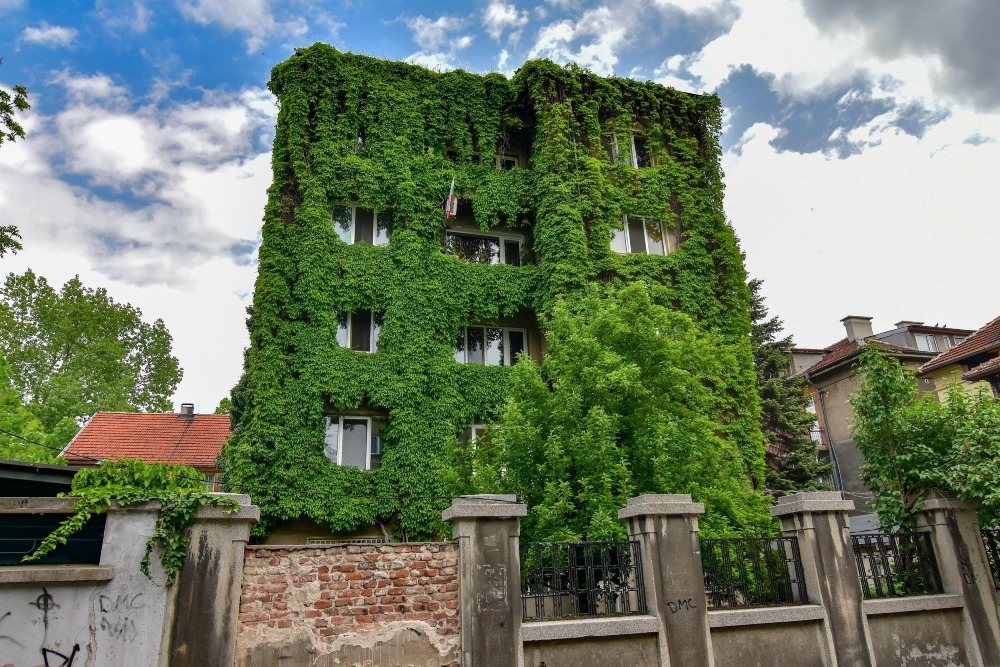 If there is a Sofia neighborhood that most fully embodies the idea of luxury, it is precisely the "Doctor's Monument". There are no random people here. There are no random neighbors.
If there is a Sofia neighborhood that most fully embodies the idea of luxury, it is precisely the "Doctor's Monument". There are no random people here. There are no random neighbors.
Every major capital in the world has at least one such neighborhood. As Kensington and
Chelsea in London. Or Mare and the 16th arrondissement in Paris. What they have in common is the environment for life, which differs from everything else. Magnificent old houses, fine restaurants, beautiful gardens and patios, interesting sights, theaters, galleries, museums, libraries. But the most important distinguishing feature are the people who live in them - politicians, bankers, businessmen, artists, show business people.
"Doctor's Monument" square is also a place for the elected. No matter whether it is acquired by inheritance or signed by a notary, the property in this neighborhood is a sure sign of economic and social prosperity. The absolute "status symbol". Certificate that you are lucky in life.
 You must have met outraged comments about the expensive craft bread offered at a price of 50 leva. You guessed it - they sell it here - in a bakery and gelateria Savi on ul. 9 San Stefano.
You must have met outraged comments about the expensive craft bread offered at a price of 50 leva. You guessed it - they sell it here - in a bakery and gelateria Savi on ul. 9 San Stefano.
The neighborhood still holds the record for the most expensive Easter cake. It is available at Easter in the boutique delicacies store Le Petit Quché, at the corner of Oborishte and Vasil Aprilov streets. They have money, they indulge, someone might say.
 The truth is that there are solvent people living here. It is no coincidence that this is the neighborhood with the most foreign embassies. Most are located along Oborishte, Shipka, Veliko Tarnovo, San Stefano and Krakra. They are housed in dignified houses in the Secession and Baroque style, designed by renowned architects for homes of bankers, entrepreneurs and politicians at the beginning of the last century. Restituted after November 10, today they serve as residences for ambassadors and foreign diplomats.
The truth is that there are solvent people living here. It is no coincidence that this is the neighborhood with the most foreign embassies. Most are located along Oborishte, Shipka, Veliko Tarnovo, San Stefano and Krakra. They are housed in dignified houses in the Secession and Baroque style, designed by renowned architects for homes of bankers, entrepreneurs and politicians at the beginning of the last century. Restituted after November 10, today they serve as residences for ambassadors and foreign diplomats.
Here you will not meet homeless people, gypsy carts, stray dogs, broken garbage containers and doner shops, as there are in most Sofia neighborhoods. Domestic crime is among the lowest in the capital because of the many cameras, policemen and private armed guards.
In the area of the "Doctor" there are two types of buildings - magnificent old houses and small nomenclature blocks. The first were built by wealthy Bulgarians in years of prosperity after the Liberation - the 1920s and 1930s. The latter appeared in the years of mature socialism to accommodate the top of the BCP and its faithful entourage of television speakers, editors-in-chief, folk artists, singers and other representatives of the "creative intelligentsia".
That is why today's residents of the neighborhood are a mix of two categories - heirs of rich families and children of the socialist nomenclature.
 However, there is a third category of residents of the area around the Doctor's - let's call them "the new rich". These are politicians, entrepreneurs and public figures who succeeded during the transition who have chosen to live here.
However, there is a third category of residents of the area around the Doctor's - let's call them "the new rich". These are politicians, entrepreneurs and public figures who succeeded during the transition who have chosen to live here.
The picturesque streets, the maintained sidewalks, the beautiful facades of the buildings, as well as the many greenery, add special charm to the neighborhood and make it a preferred place for walks and meetings.
In the middle of the neighborhood is the Doctor's Garden. It's real
Green oasis in the city center
The "Doctor's Garden" is one of those places in Sofia where you would proudly take guests from abroad. The small park between the streets "Shipka", "San Stefano", "Oborishte" and "Krakra" is filled with exotic tree species, which are rarely found elsewhere. The garden with the monument to the medical workers who died in the Russo-Turkish War has several other merits, besides the many greenery and the central location. The lapidarium with the fountain and the exhibited archaeological finds, including an ancient sarcophagus, are some of the sights of the park. An advantage is also the maintained playgrounds and gazebos, where children's birthdays are often celebrated.
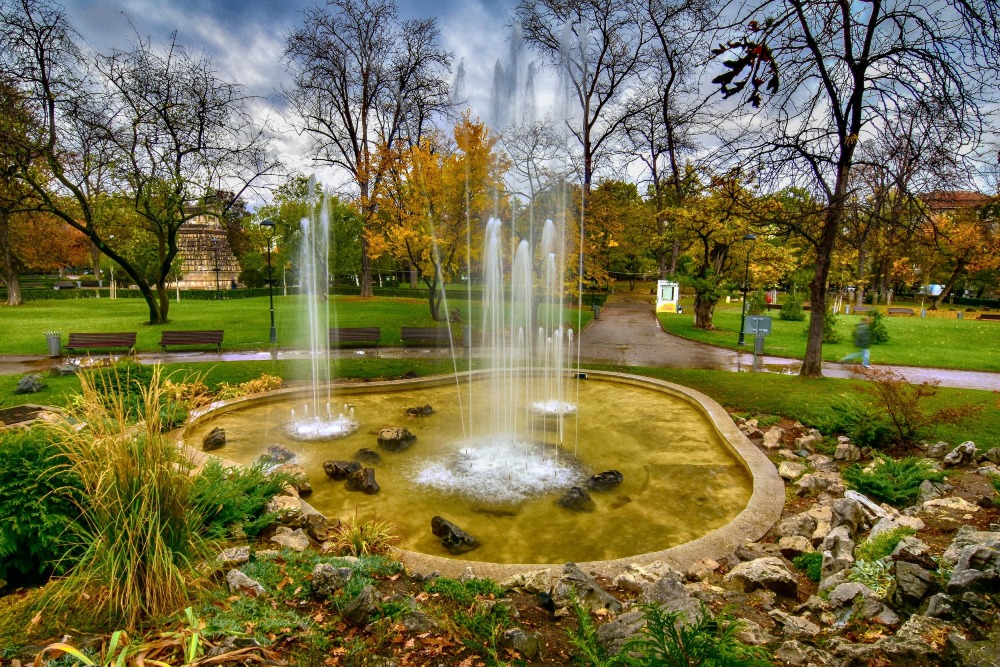 Among the attractions of the Doctor's Garden are two centuries-old trees - a wild poplar and a marsh cypress. They are a legacy of the time when there was a University Botanical Garden in this place. The centuries-old gray poplar has impressive dimensions - its stem is about 3 meters and its height - nearly 30. It was the first tree planted in the former botanical garden in 1892.
Among the attractions of the Doctor's Garden are two centuries-old trees - a wild poplar and a marsh cypress. They are a legacy of the time when there was a University Botanical Garden in this place. The centuries-old gray poplar has impressive dimensions - its stem is about 3 meters and its height - nearly 30. It was the first tree planted in the former botanical garden in 1892.
The marsh cypress is located at the southeastern end of the garden (near the intersection of Krakra and Shipka streets). It is more than 100 years old and is a rare plant in our latitudes. It originated in North America and has even been declared the official tree of the state of Louisiana. You will recognize him by the interesting cones that are spherical and resemble large tennis balls. In November, the cones fall to the ground, along with the leaves. Children are often kicked in the alleys of the garden.
In the Doctor's Garden grow the oldest trees of the species Ginkgo biloba in Sofia.
Besides beautiful buildings and embassies, the neighborhood also fascinates with its many elite restaurants, bistros and cafes. At the lower end of Oborishte, near the canal, is the Forno Cipollini pizzeria, a favorite of many Sofians, which has its own little brother at the top of the same street, representing a focaccia oven with a culinary shop.
Near it, at the intersection with "Professor Asen Zlatarov", are two of the culinary pearls - Atelier, better known as "Beloslava's restaurant, and "33 gastronauts", which has numerous nominations and awards "Restaurant of the Year". Next to them are two of the favorite places for Saturday brunch - "The Old Lady" and "HleBar". The first offers the yuppies' favorite breakfast - eggs benedict, hummus with poached egg or kaiserschmarn. In the second you can try the modern reading of the classic scrambled eggs, with added exotic flavors, such as sazdma or salmon. There you will find all sorts of craft pies and all kinds of "turned" sandwiches - for example, with prosciutto, Brie cheese, damat and Dijon mustard.
The opposite bistro "Pavilion 37" is a place where one can sit for a glass of Italian wine with salad and bruschetta. This combination can be proven to make your day more sunny and smiling. At the top of Oborishte are two other favorite restaurants - Mediterraneo, famous for its seafood, and Crazy Diamond, which also offers Mediterranean dishes but mixed with international cuisine. The two restaurants share a common patio with a cozy atmosphere.

On the parallel street "Shipka" also lurk culinary delights. There are Burrata and Raffy. On the same street you will find two of the favorite pastry shops of Sofia residents - "101 grams of sweets" (on the corner with "Krakra") and Cakey Backy.
Along the intersections of the two main streets there are also remarkable restaurants. Attention deserves "La Pastaria" on the street. "Asen Zlatarov", "The Club of Architects" with its first-class cuisine and service on Tsarigradsko shose Str. "Krakra", as well as the Czech Club next to it, where you can try classic specialties such as Viennese schnitzel and beef goulash with dumplings.
Finally, a free tip: if you want to taste the taste of Sofia from the 80s, be sure to stop by for lunch at the "Delicious Kebapche" (San Stefano, next to BNT). This place is like a portal of time. The dishes in the menu have not been changed since Zhivkovo time, and the grill is offered according to the standards of "Balkantourist" - a little undercooked, with a difficult to swallow side dish and a slightly arrogant attitude of the waiter. If you come for lunch at rush hour, you will also come across many famous TV players. Some of them have been on screen since the time of Hacho Boyadzhiev.
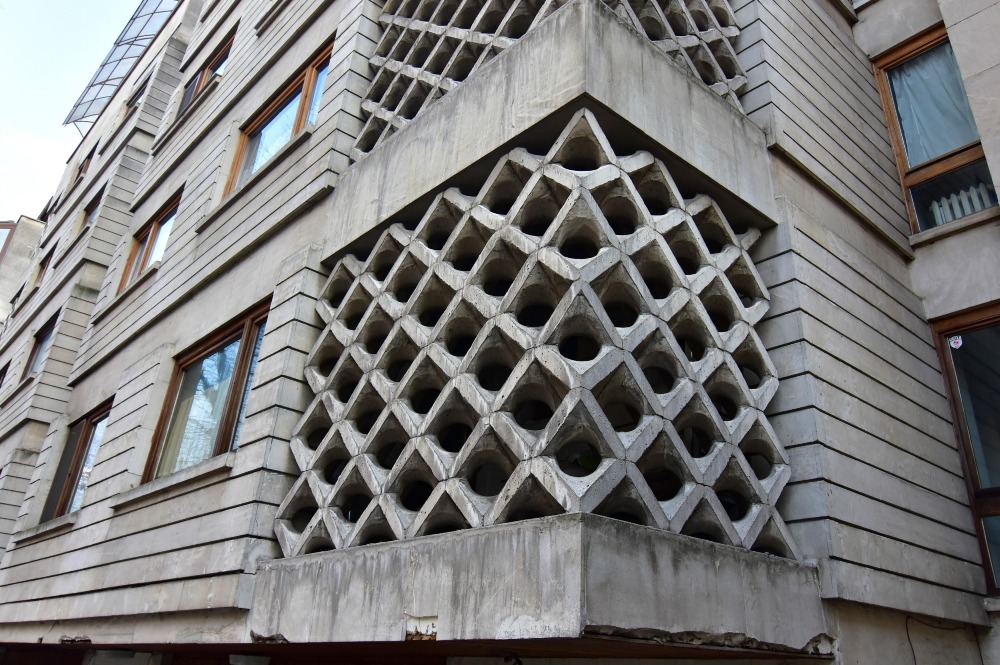 Among the remarkable buildings in the neighborhood is this block of street. "Veliko Tarnovo" 10, where high-ranking members of the Bulgarian Communist Party lived. It is a remarkable masterpiece of socialist construction in the style of "Brutalism". The block strikes with the unusual concrete bars on the terraces and service rooms. In addition to capturing the eyes of neighbors and passers-by, this architectural accent has prevented the subsequent destruction of the building with the typical for Sofia glazing of the terraces in order to "absorb" the space.
Among the remarkable buildings in the neighborhood is this block of street. "Veliko Tarnovo" 10, where high-ranking members of the Bulgarian Communist Party lived. It is a remarkable masterpiece of socialist construction in the style of "Brutalism". The block strikes with the unusual concrete bars on the terraces and service rooms. In addition to capturing the eyes of neighbors and passers-by, this architectural accent has prevented the subsequent destruction of the building with the typical for Sofia glazing of the terraces in order to "absorb" the space.

These two twin houses on the boulevard "Evlogi and Hristo Georgievi" (at the intersection with "Oborishte") once served as an entrance to the center of Sofia. They were designed by the legendary arch. Nikola Lazarov for homes of the brothers industrialists Ivan and Julian Parushevi. They have symmetrical facades with bay windows (in the jargon of the architects are called avant-corps) and strongly with pointed roofs resembling battle towers. The performance of the Art Nouveau style facades gave rise to romantic associations with French medieval castles.
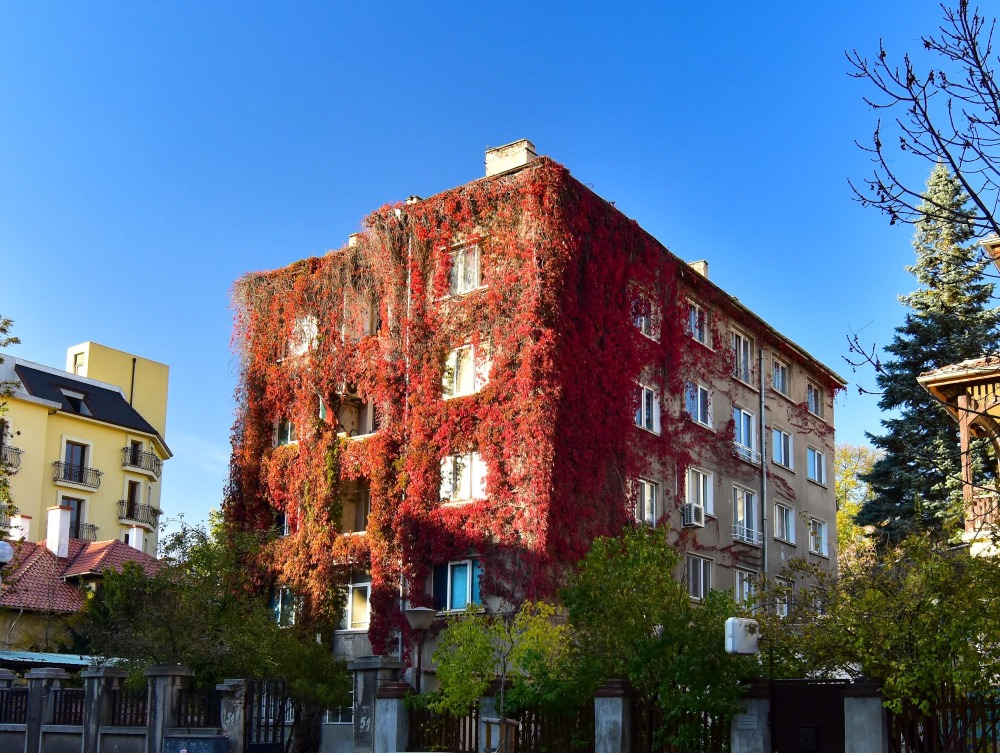
The doctor's monument is the work of the Italian Luigi Farabosco. A few years later, the Swiss Daniel Neff, appointed city gardener and park builder, started the garden around the monument by afforesting it with shrub trees.
His son Carl Neff turned the garden into a second university botanical garden - many exotic trees and plant species were delivered. In the 1930s, the University abandoned the botanical garden due to lack of funds and it became the property of the municipality.
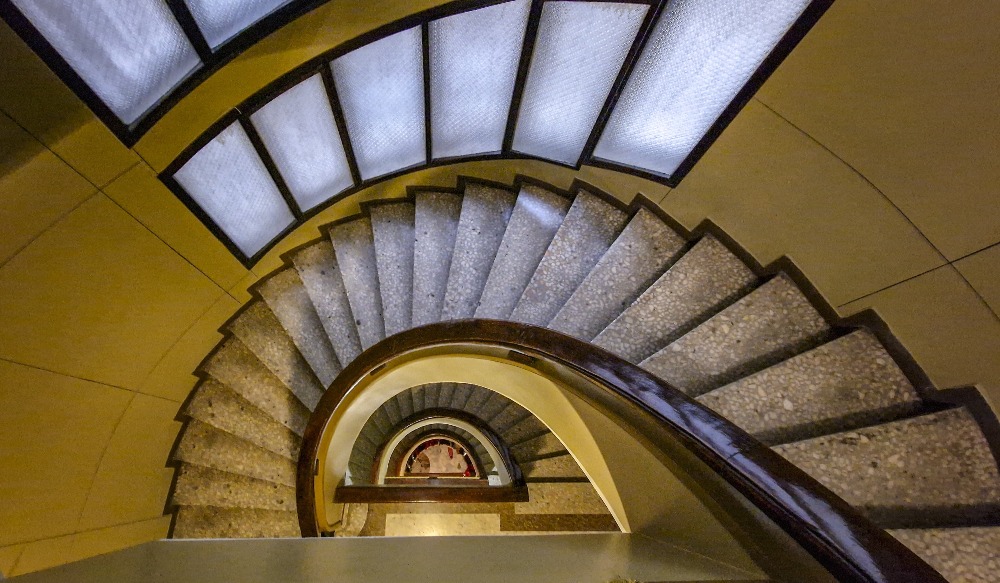
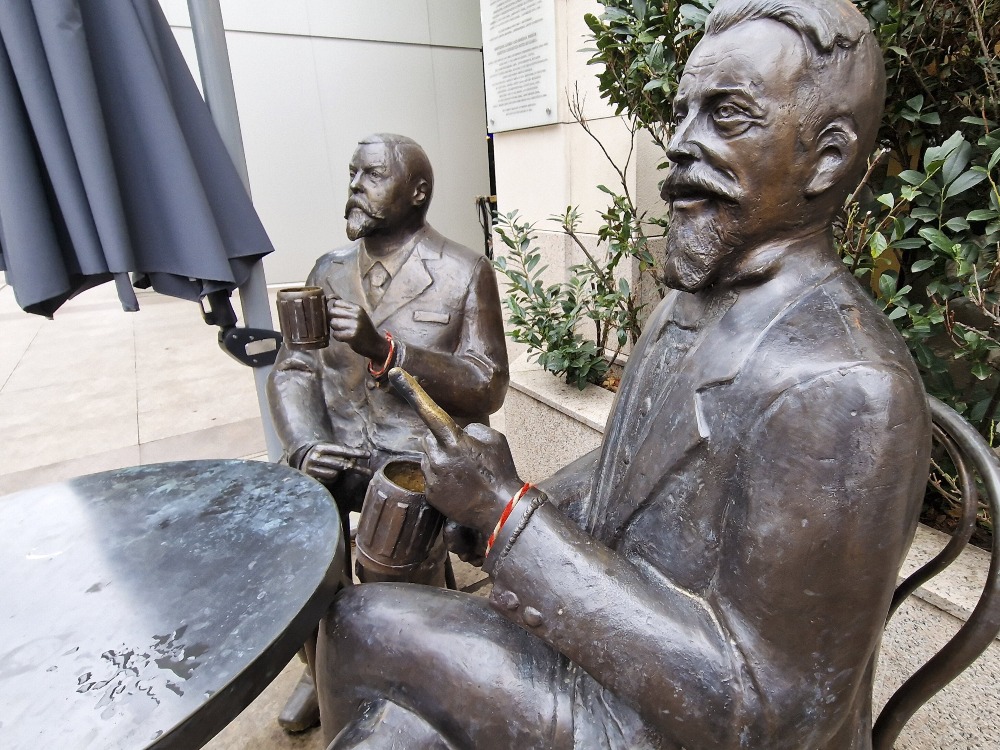
After the legends of the neighborhood is the former beer factory of the Prošek brothers (no longer existing). Later, the famous Dalbok Zimnik beer house appeared, which beered at the corner of the corner of the "King" and "San Stefano". Initially, the beer in it was delivered by kegs, but later the Prošek brothers built an underground "beer pipeline", whose task was to supply the pub with "live beer". In the middle of this unique beer line was erected a wonderfully beautiful residential building, which is the only one that has survived to this day. It is located on "San Stefano" 22 and is distinguished by a wonderfully beautiful winding staircase.
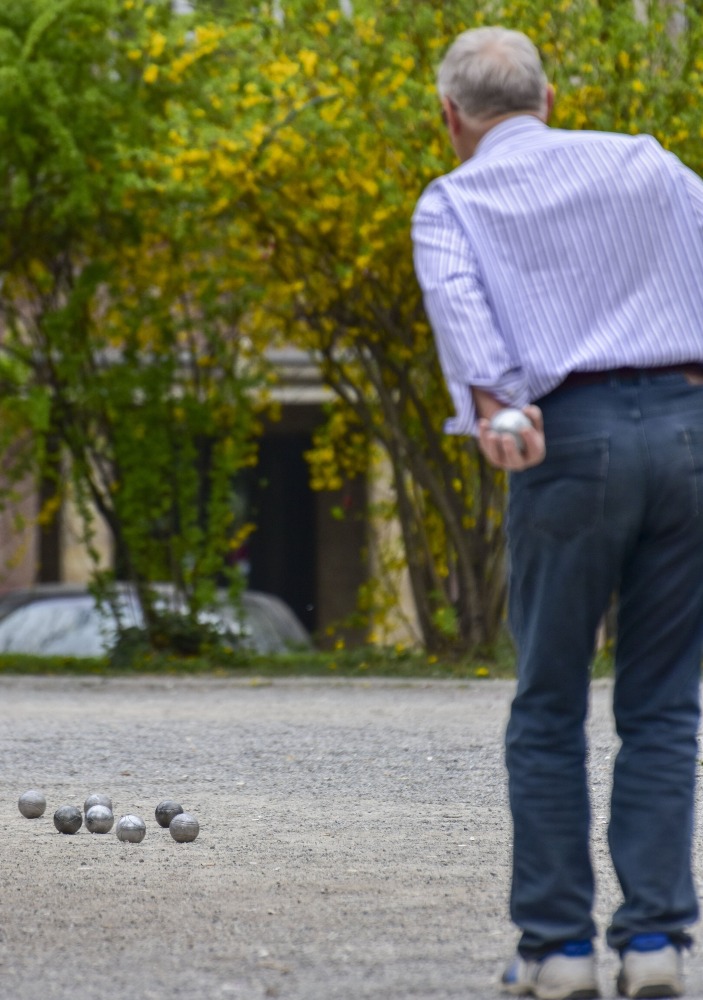
The small garden behind the National Library, which was once part of the Doctor's Garden, is a favorite meeting place for petanque fans in Bulgaria. This is a ball game that originated in France. It originates from an old Provençal game, whose roots are in the 8th-9th centuries. Today it is a national sport in France, but it is also popular in countries such as Belgium, the Netherlands, Spain and others. In the warm months of the year here you can see people of different ages, including many foreigners who compete in their favorite game. Next door there is a summer bar owned by the stylist Kremena Halvadjian. The retro wrought-iron pavilions and the iconic fountain with the reading girl with a dog predispose to relaxation with cocktail in hand.